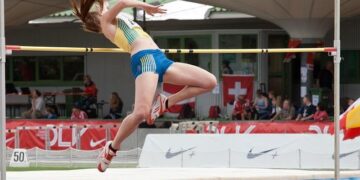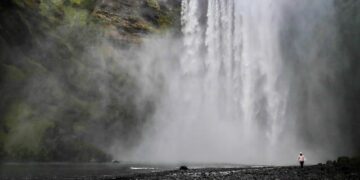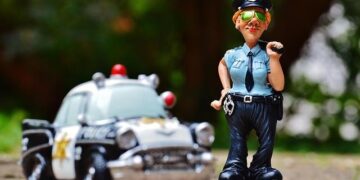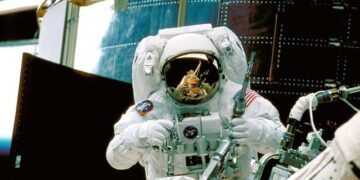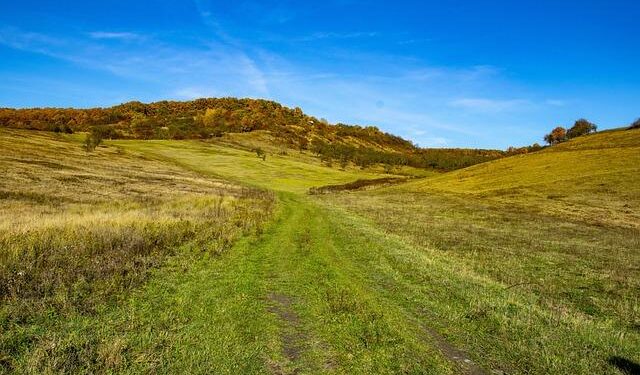A new study challenges long-held assumptions about how vascular plants colonize remote volcanic islands, revealing that traits once thought to aid seed dispersal may not be the driving force behind their successful establishment. Published on Wiley Online Library, the research shifts the spotlight from so-called “dispersal adaptations” to the crucial role of birds as vectors in transporting plant species across vast oceanic distances. This fresh perspective not only reshapes our understanding of island biogeography but also underscores the complex interplay between ecology and animal behavior in shaping plant distributions.
Putative Dispersal Adaptations Challenged as Key to Volcanic Island Colonisation
Recent research overturns traditional assumptions about the traits that enable vascular plants to colonise remote volcanic islands. While certain seed and fruit characteristics have long been considered key “dispersal adaptations,” new evidence suggests these features alone fail to account for successful establishment. Instead, the study highlights the pivotal role of avian vectors in the dispersal process, showing how birds inadvertently facilitate plant migration through long-distance seed transport.
Key findings reveal that:
- Seed morphology has limited influence on colonisation success without bird interaction.
- Birds’ feeding and movement patterns create unexpected dispersal pathways.
- Traditional “dispersal syndromes” may not accurately predict island plant arrival.
| Dispersal Mechanism | Effectiveness | Evidence Strength | ||||||||||||||||||||||||
|---|---|---|---|---|---|---|---|---|---|---|---|---|---|---|---|---|---|---|---|---|---|---|---|---|---|---|
| Wind-dispersed seeds | Low | Weak | ||||||||||||||||||||||||
| Water-dispersed seeds | Moderate | Moderate | ||||||||||||||||||||||||
| Bird-mediated dispersal | High | Bird Movement Patterns Reveal Crucial Role in Vascular Plant Distribution
Recent research challenges traditional assumptions regarding the colonization of isolated volcanic islands by vascular plants. Rather than intrinsic plant characteristics or “dispersal adaptations” such as seed buoyancy or wind dispersal mechanisms, scientists have uncovered the pivotal role of avian movement patterns in determining which species successfully establish. Birds, acting as vectors, facilitate the transport of seeds across vast oceanic distances, highlighting a complex ecological interplay between fauna and flora that governs island biodiversity dynamics. Key insights from the study include:
Implications for Conservation Strategies Incorporate Avian-Mediated Seed DispersalEmerging evidence from recent studies suggests that relying solely on morphological traits traditionally considered as seed dispersal adaptations may overlook critical vectors responsible for plant colonisation on volcanic islands. Birds, serving as dynamic dispersal agents, play an indispensable role in transporting seeds over vast oceanic barriers, a factor often underestimated in conservation planning. This recognition necessitates a shift toward integrating avian behavior and ecology into conservation frameworks, ensuring that conservation efforts are aligned with the nuanced realities of seed dispersal mechanisms in island ecosystems. Key considerations for enhancing conservation strategies include:
By recognizing birds as pivotal agents in plant dispersal and island colonisation, conservationists can devise more effective strategies that harness these natural processes. This approach not only bolsters biodiversity but also enhances ecosystem resilience in vulnerable volcanic island habitats, making bird conservation inseparable from plant conservation success. Concluding RemarksIn summary, this groundbreaking study challenges long-held assumptions about how vascular plants colonize remote volcanic islands. By demonstrating that traditional dispersal adaptations may not be the driving factor, and highlighting the pivotal role of birds in transporting seeds, the research reshapes our understanding of island ecology and biogeography. As scientists continue to unravel the complex interactions between flora and fauna in isolated environments, these findings pave the way for new approaches to conservation and ecological restoration on volcanic islands worldwide. |



